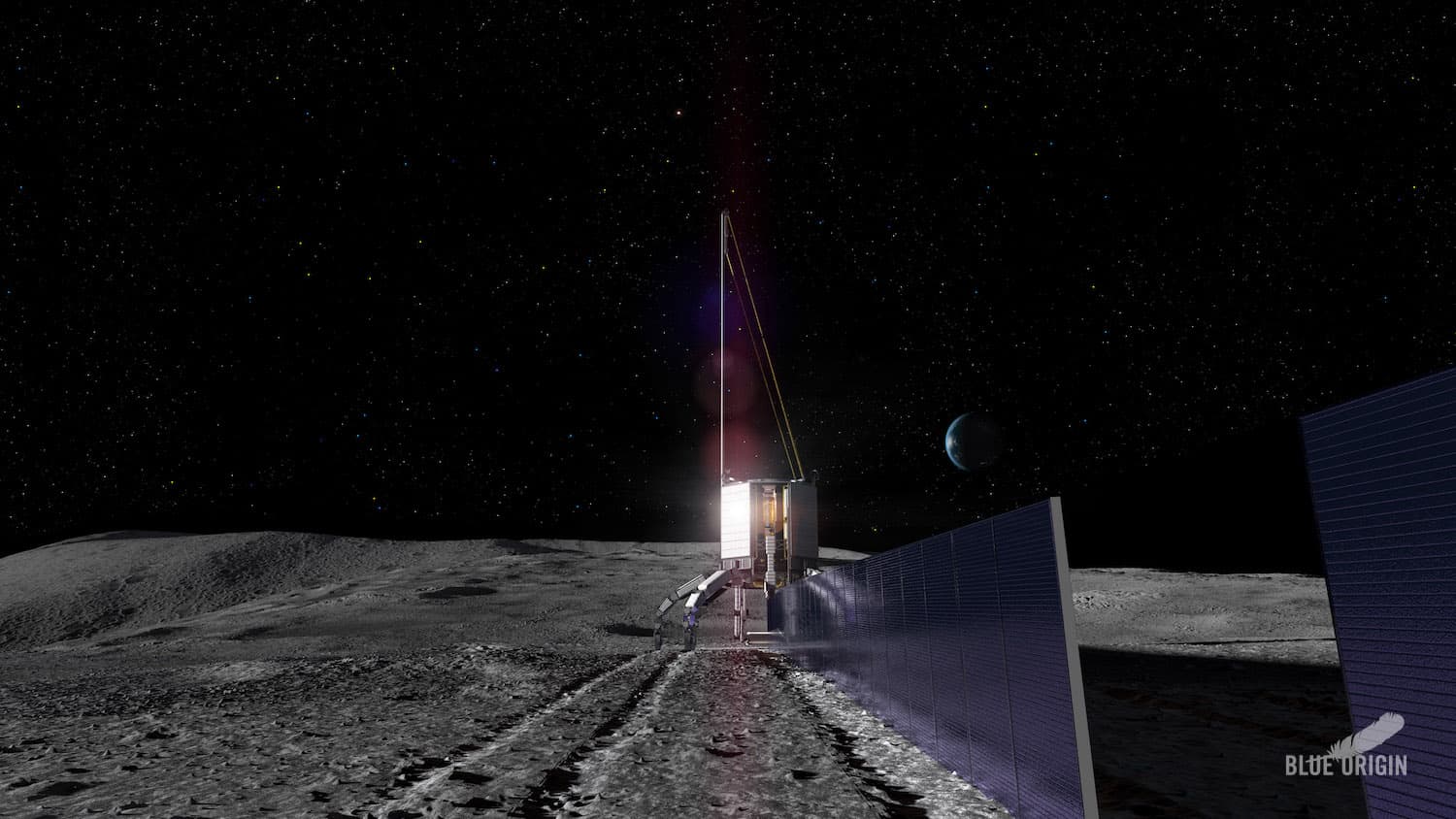
Blue Origin's breakthrough in-space resource utilization system aims to turn lunar regolith into solar arrays, metals, and breathable and propellant-grade oxygen, enabling sustainable robotic and human Moon missions and future Mars exploration.
Continue reading
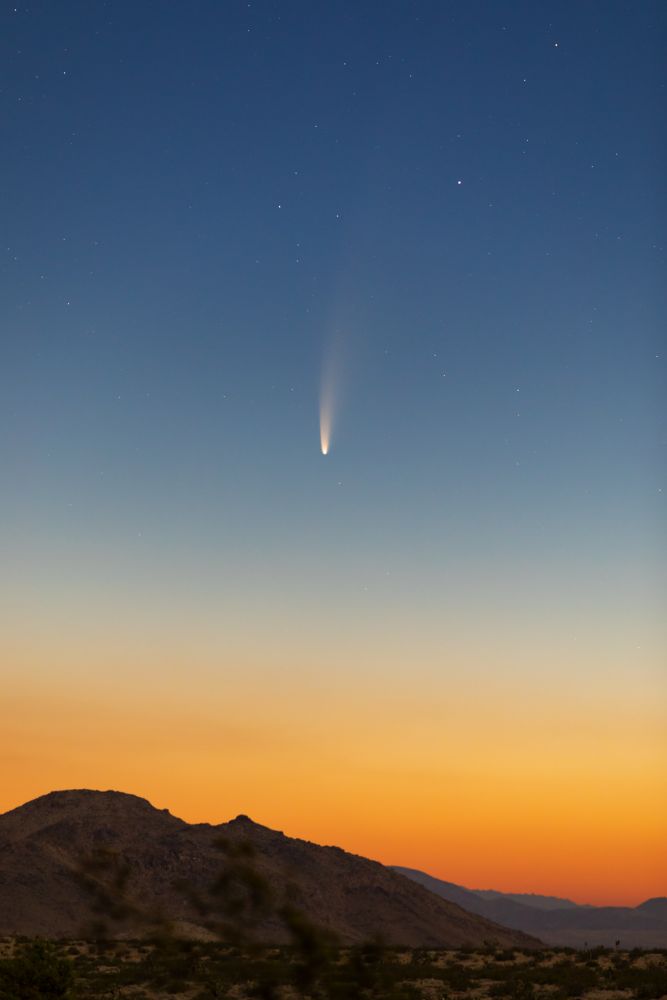
A swarm of fragments from an air burst comet could've triggered the Younger Dryas cooling period. A wave of megafauna extinctions followed, as did the disappearance of the Clovis culture.
Continue reading

One possibility to explain the constants of nature is that there’s more than one universe.
Continue reading
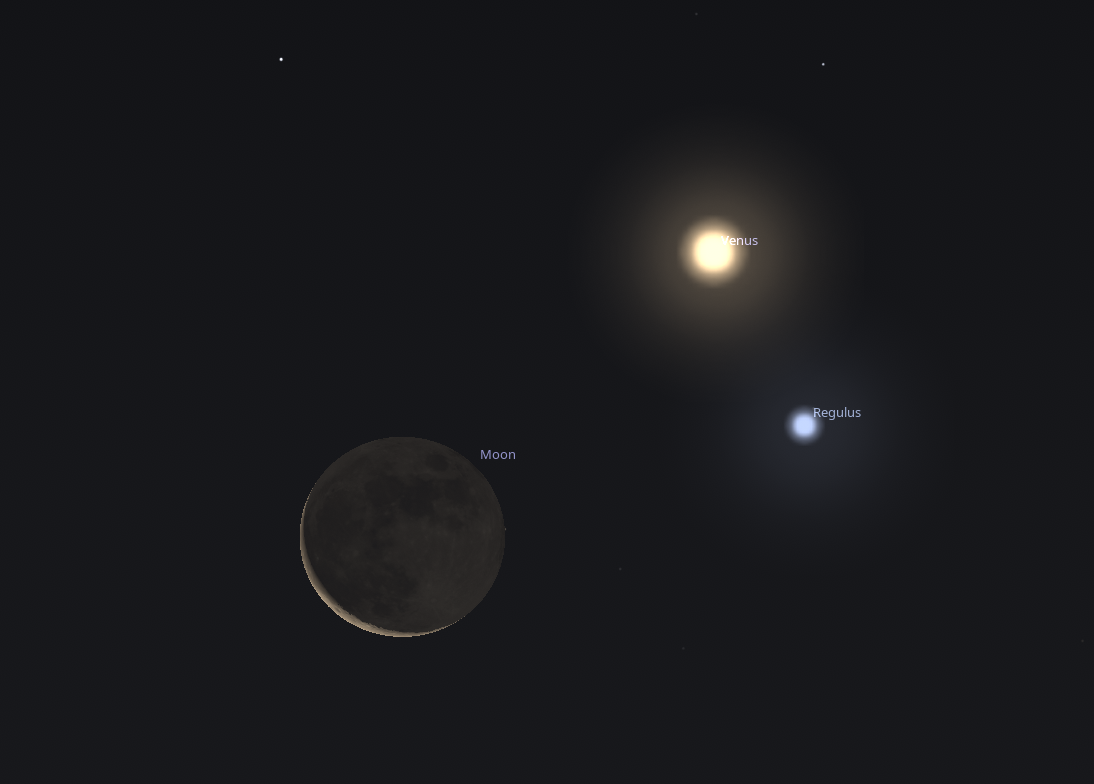
Sometimes, it seems as if the Universe is literally smiling down upon us. If skies are clear this coming Friday September 19th, be sure to wake up early to catch a bizarre celestial scene as Venus, Regulus and the slim crescent Moon huddle together in the eastern dawn. This triple play is a complicated one, evolving one of the best conjunctions for 2025.
Continue reading
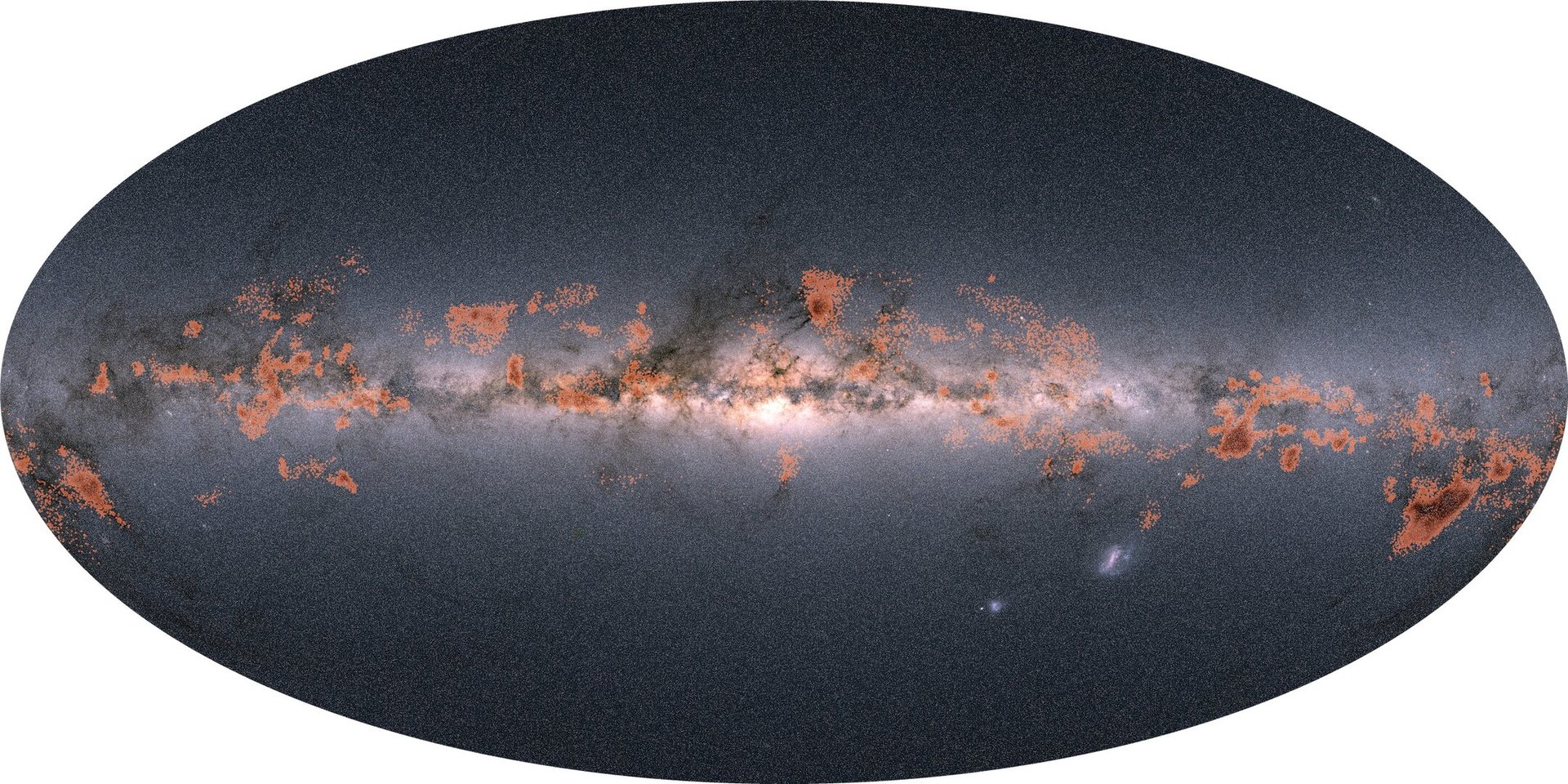
Gaia Proves Our Skies Are Filled with Chains of Starry Gatherings
Gaia Proves Our Skies Are Filled with Chains of Starry Gatherings
https://www.esa.int/Science_Exploration/Space_Science/Gaia/Gaia_proves_our_skies_are_filled_with_chains_of_starry_gatherings
Continue reading
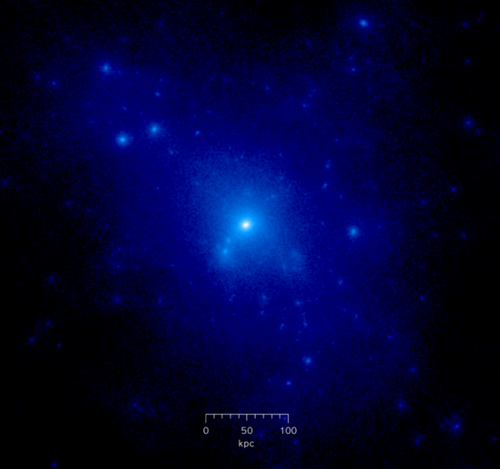
There are plenty of theories about what dark matter is and how it might be gravitationally affecting the universe. However, proving those theories out is hard since it hardly ever interacts with anything, especially on “small” scales like galaxies. So when a research team claims to have found evidence for dark matter in our own galaxy, it's worth taking a look at how. A new paper from Dr. Surkanya Chakrabati and her lab at the University of Alabama at Huntsville (UAH) does just that. They found evidence for a dark matter “sub-halo” in the galactic neighborhood, by looking at signals from binary pulsars.
Continue reading
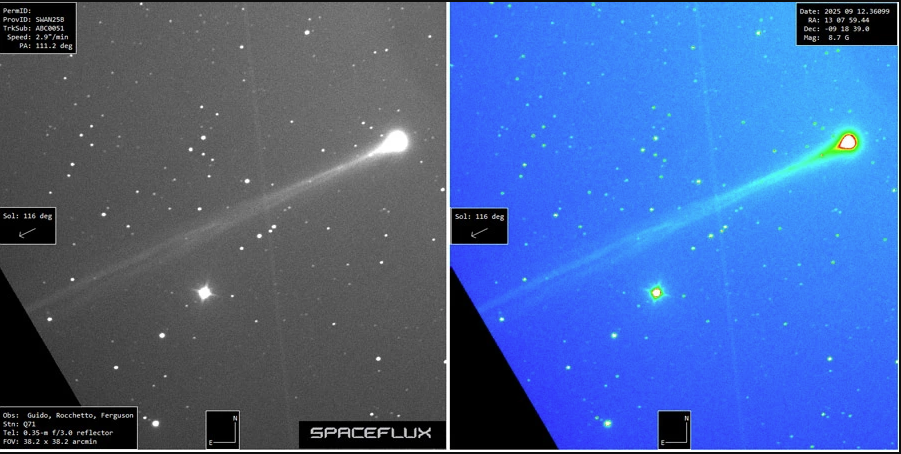
A new comet approaching from sunward could make a fine dusk appearance in October. There was chatter on the boards this past Friday September 12th, about a comet seen in the Solar Wind Anisotropies (SWAN) images near the Sun. Tentatively named SWAN25B and now formally designated as C/2025 R2 SWAN, this comet could put on a brief show in late September into October if it holds up.
Continue reading

It’s rather strange to think about catching a planet in the act of being born given that the process takes millions of years but for the first time, astronomers have done just that! The evidence reveals a planet actively forming and feeding from its surrounding disk of gas and dust. The discovery of hydrogen emission from the protoplanet offers a new glimpse into the violent stages of planetary formation, revealing processes that shaped our own Solar System billions of years ago.
Continue reading
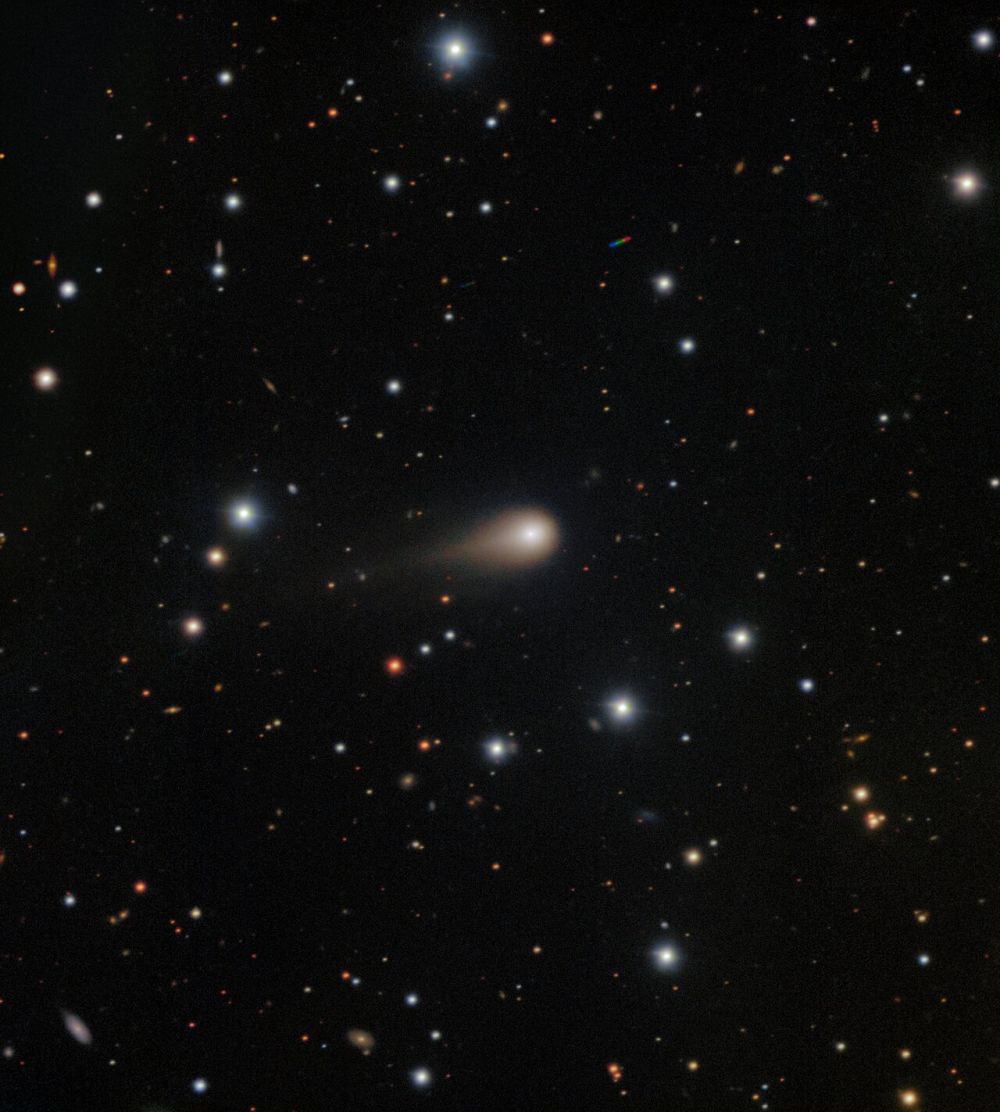
ISOs like Comet 3I/ATLAS are fascinating yet fleeting visitors from distant solar systems. New research suggests that when captured by a young solar system that's still forming planets, these objects could act as planetary seeds for the formation of planets.
Continue reading
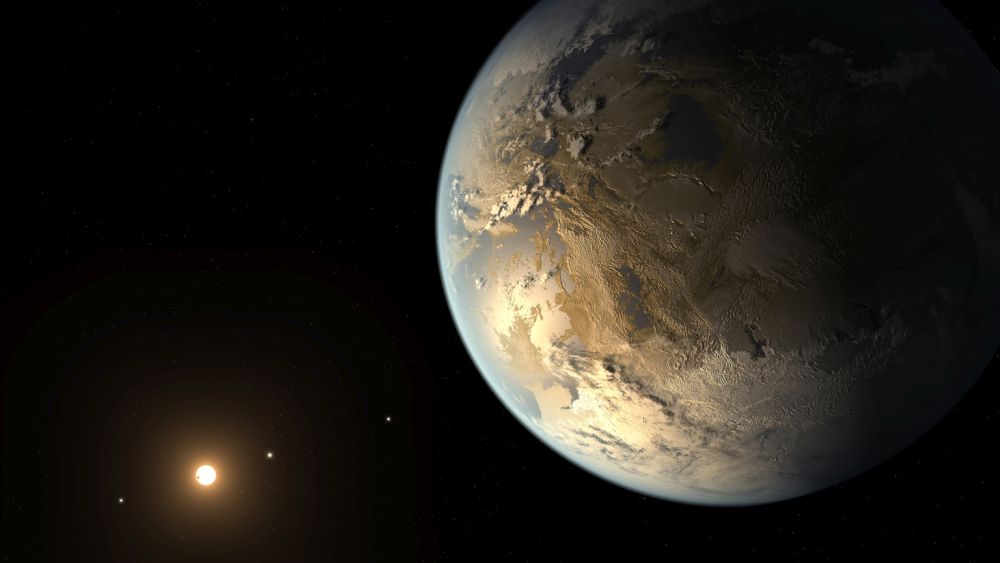
Can a planet that lacks plate tectonics and has very little carbon dioxide support life? Maybe. Can it support life long enough for a technological civilization to arise? New research says no.
Continue reading

According to every experiment, the constants of nature appear to be constant.
Continue reading
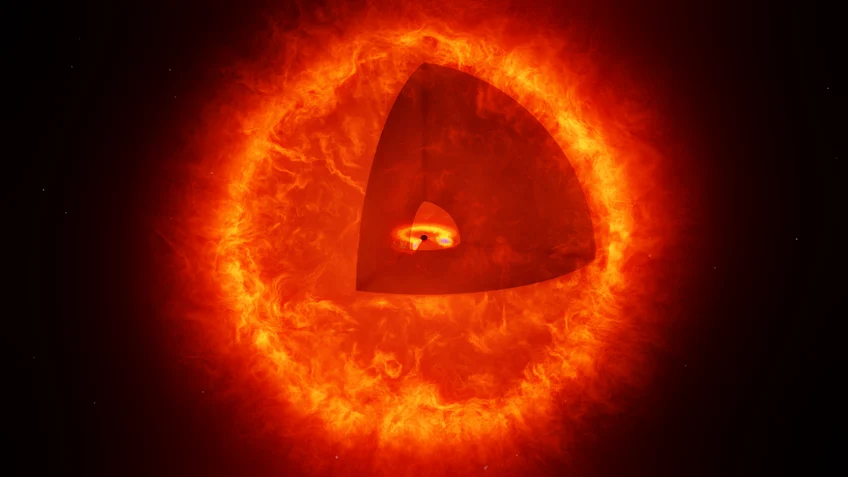
A bizarre new type of object could solve one of astronomy's most puzzling mysteries. The James Webb Space Telescope spotted some “little red dots” and until now, it’s been thought they were galaxies. Now, a team of astronomers have come up with an alternative theory, supermassive black holes wrapped up in a thick envelope of gas and they are calling them ‘black hole stars!’
Continue reading
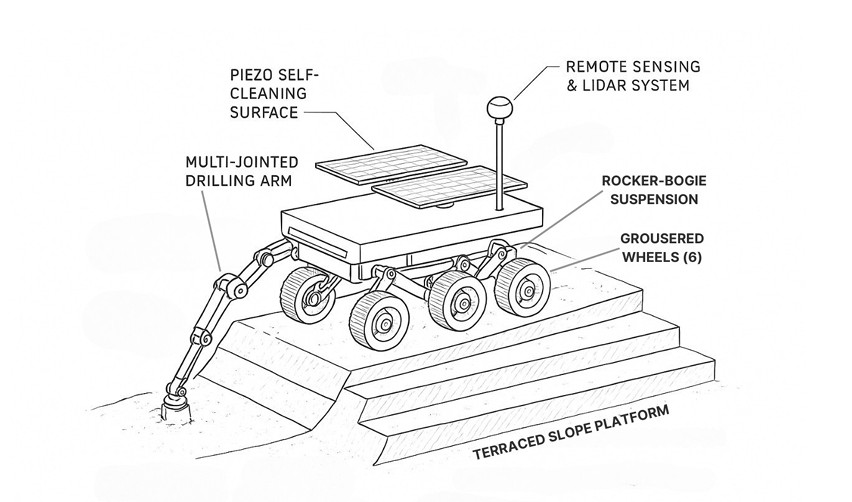
Different parts of Mars have different advantages and disadvantages when it comes to their available resources, just like Earth. The polar caps are likely the most valuable in terms of their water content, which will be critical to any early stage crewed mission to the Red Planet. But to really unlock the fully potential of Mars, geologists think we’ll need to look to the volcanoes, where there is likely to be easily accessible valuable materials like nickel, titanium, and chromium, that were placed there when the volcanoes were active. Reaching those deposits on the side of some of the largest mountains in the solar system safely is a challenge, and one that is tackled in a new paper by Divij Gupta and Arkajit Aich, where they look at the necessary requirements to set up an effective mining operation on the slopes of Olympus and Elysium Mons.
Continue reading
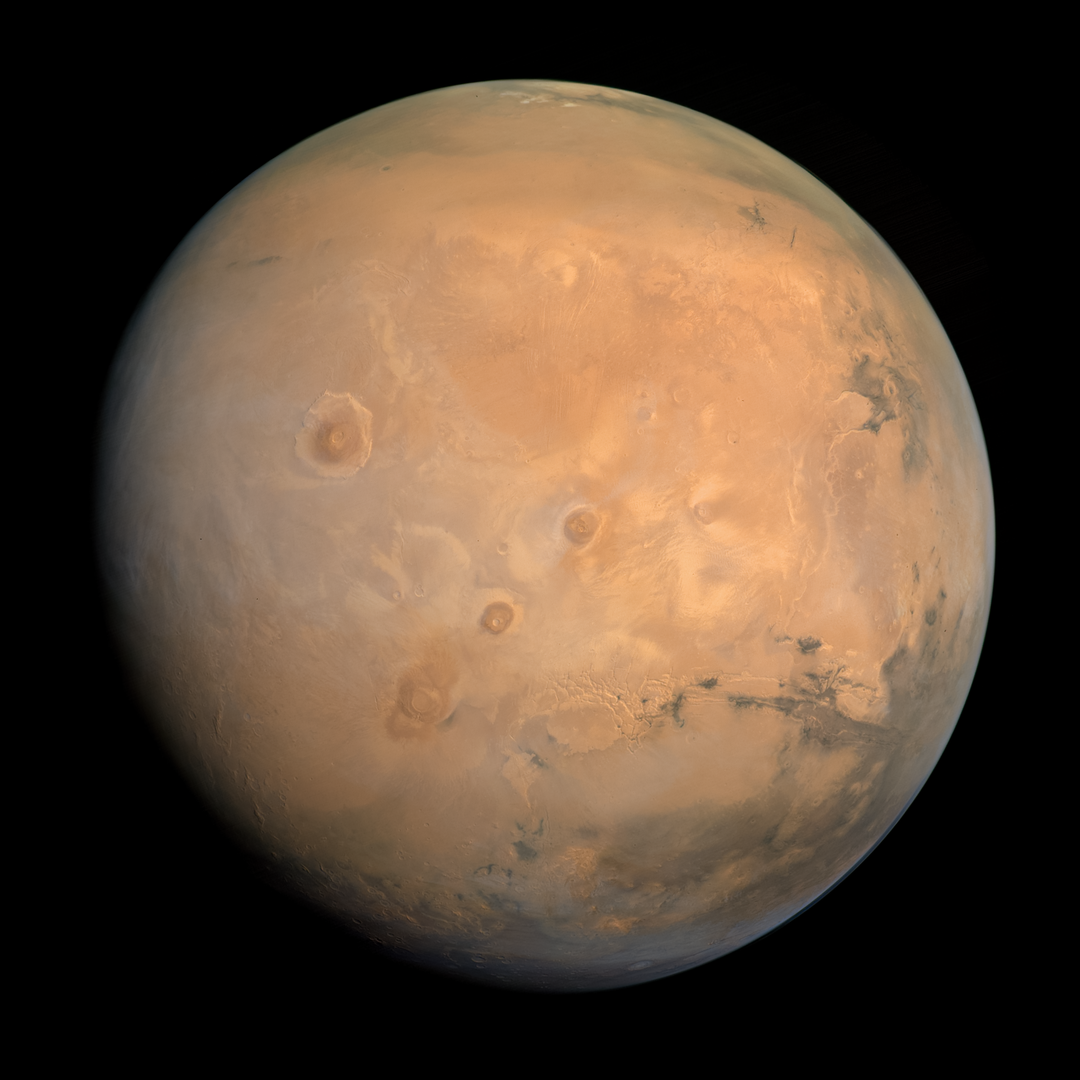
David Bowie once sung ‘Is there life on Mars?’ and along with being a question in a hit song, its also a question that has driven decades of missions to the red planet. From early orbital surveys to rovers hunting for evidence that life once existed beyond Earth the search has become more and more sophisticated. Europe's upcoming Mars rover mission is one such mission and it has received an unexpected boost in its search for signs of ancient life, as two new studies reveal that natural Martian processes could deliver rich organic materials directly to the rover, eliminating the need for long distance travel to find the building blocks of life.
Continue reading
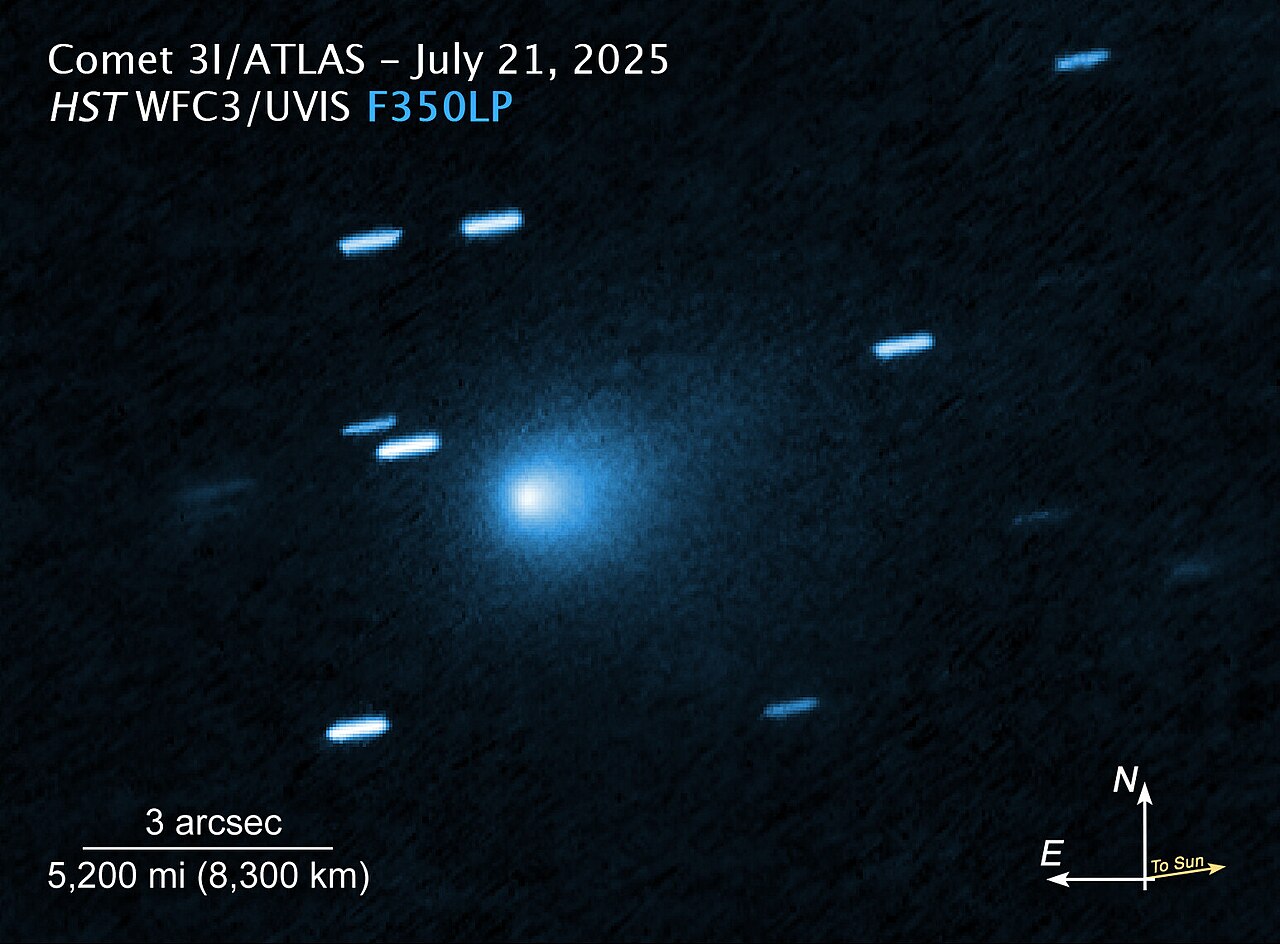
An examination of the interstellar object 3I/ATLAS shows that it is likely to be a remnant of the Galaxy's “Cosmic Noon” period, ca. 9 to 13 billion years ago. An examination of the object by an active mission could provide clues about stellar and planetary formation, and maybe the emergence of life, during this early period of galactic history.
Continue reading

Ten Years Later, LIGO is a Black-Hole Hunting Machine
lexigault60428
Fri, 09/12/2025 - 10:00
Ten Years Later, LIGO is a Black-Hole Hunting Machine
https://www.caltech.edu/about/news/ten-years-later-ligo-is-a-black-hole-hunting-machine
Continue reading
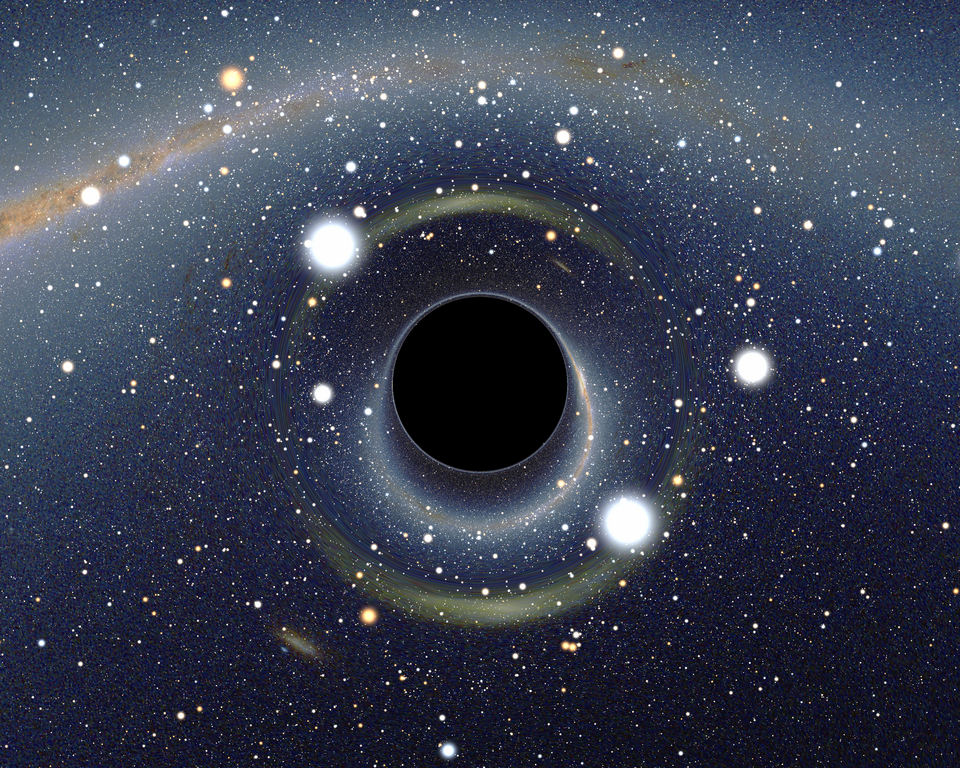
Physicists at the University of Massachusetts Amherst have calculated a more than 90% probability that we'll observe an exploding black hole within the next ten years. An event like this in our own celestial backyard may well be quite the spectacle but would revolutionise our understanding of physics and reveal the fundamental building blocks of everything in existence. Bold claims but a real possibility.
Continue reading

Of course physicists debate about which of the constants are the important ones, because physicists debate EVERYTHING.
Continue reading

A recent discovery solves a decades old mystery about the chemistry of Jupiter and Saturn's atmosphere. Using powerful telescopes, a team of researchers detected a molecule in the atmosphere of an ancient brown dwarf offering new ideas into how clouds form on gas giant planets.
Continue reading
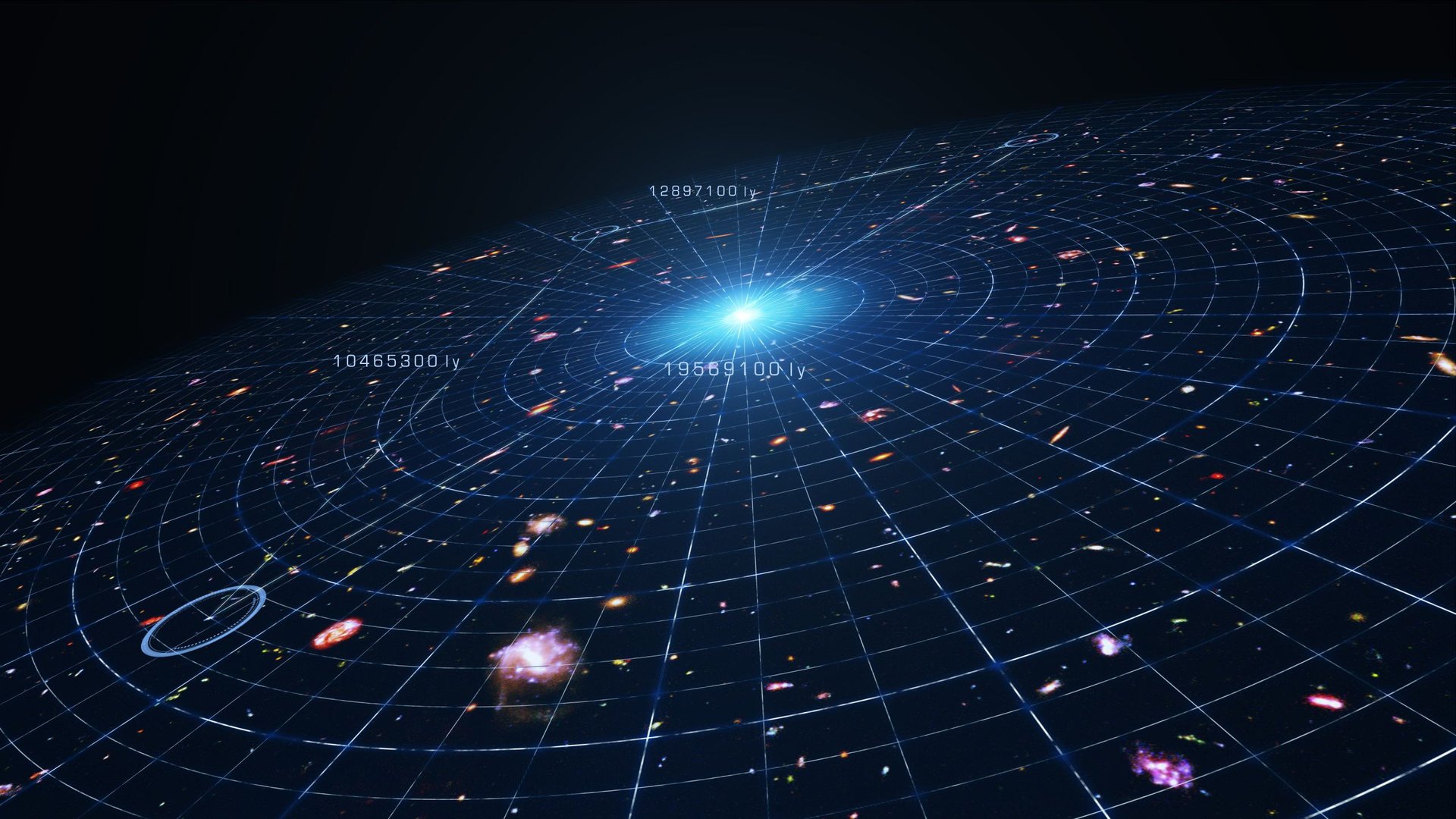
Science is a story of coming up with theories then doing our best to disprove them. That is especially true for theories on a grand, cosmological scale, though disproving them can be particularly hard. One of the most famous examples of a hard to disprove theory is that of dark energy and dark matter. In large parts of space we see unequivocal evidence that something is messing with general relativity. But down at the scale of our own solar system, there’s no evidence of it whatsoever, at least as far as we can see. A new paper from Slava Turyshev, a physicist at NASA’s Jet Propulsion Laboratory, discusses a way scientists might be able to deal with this discrepancy - by being very, very selective with the way we test for evidence of dark matter and energy in our solar system.
Continue reading

 Universe Today
Universe Today


















